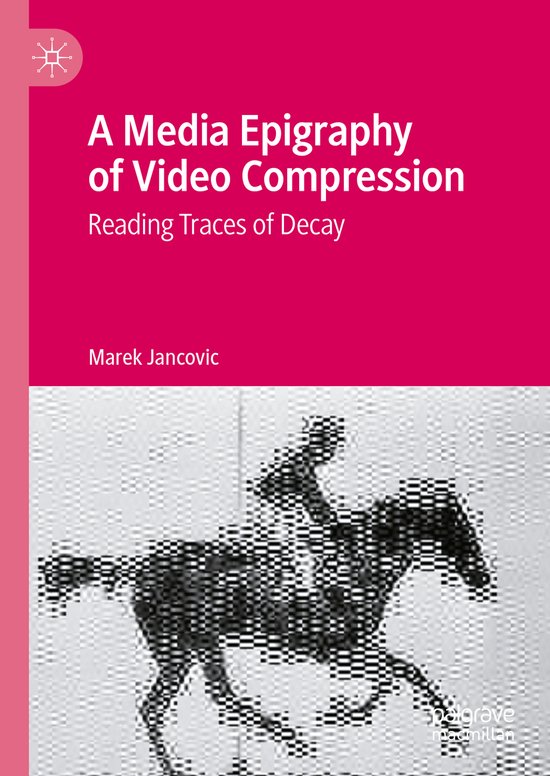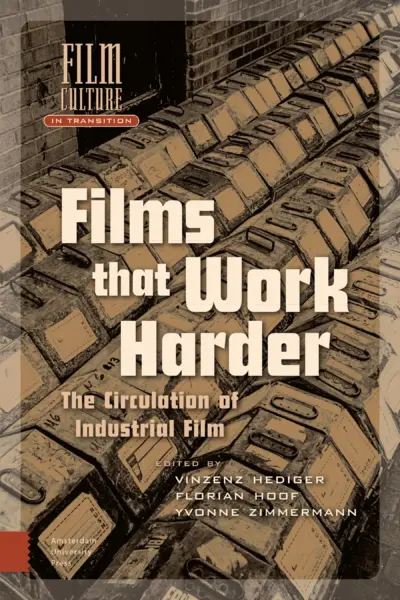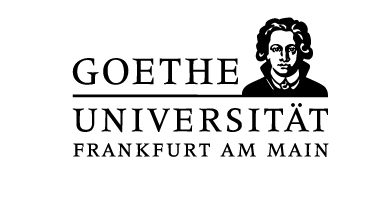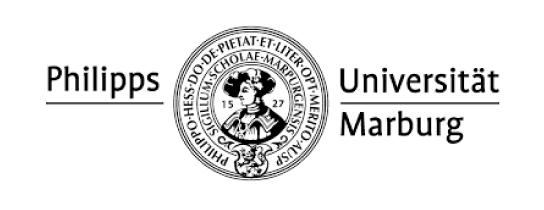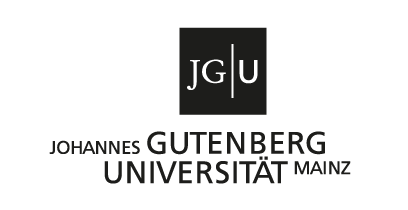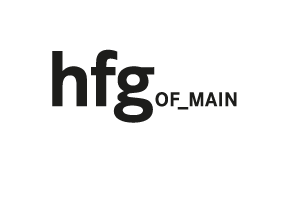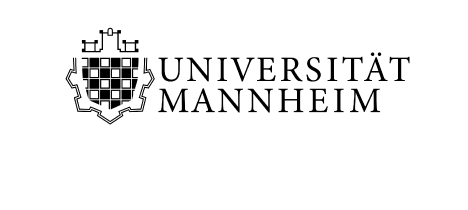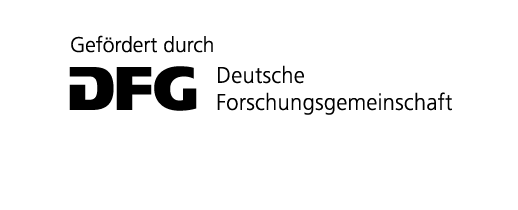The dissertation project by Marek Jancovic, one of our alumni, has been published as a book by Palgrave Macmillan.
Marek Jancovic’s latest book tells the story of video compression through the historical interrelationships between mathematics, medicine and media.
Video compression makes the media world go round. Without it, there would be no television, no streaming platforms, no digital cinema. There would be no amateur video, no smartphone recordings. No YouTube, no Netflix, no TikTok. Compression is at work on a massive projection screen as well as in the animated memes we exchange on our phones. But compression also reaches beyond these familiar configurations of the moving image, causing headaches for neurologists who work with digital images, and to film archivists who try to preserve our audiovisual cultural heritage. And still: this is only a fraction of the effects that compression has on art, science, our physical environment and even on our bodies. The effects of video compression, once you begin to notice them, manifest in such strange and unexpected situations as the wardrobe of newscasters, the frequency of epileptic seizures around the world or obscure nineteenth-century mathematical controversies.
Bringing into conversation science and technology studies, media archaeology, disability studies and queer theory, this book situates compression in a nexus of epistemic, technological and visual practices spanning from late 18th-century mathematical techniques to the standardization of electrical infrastructure and the development of neurology throughout the 1900s.
The print and e-book editions are available from Palgrave Macmillan.
